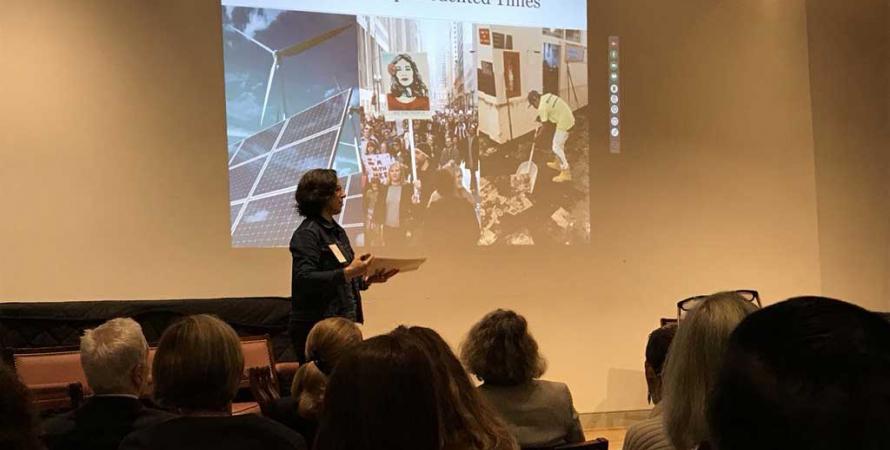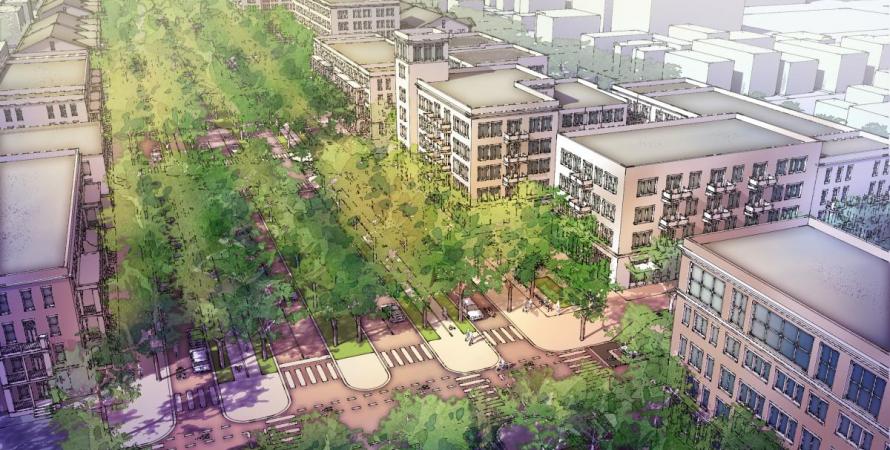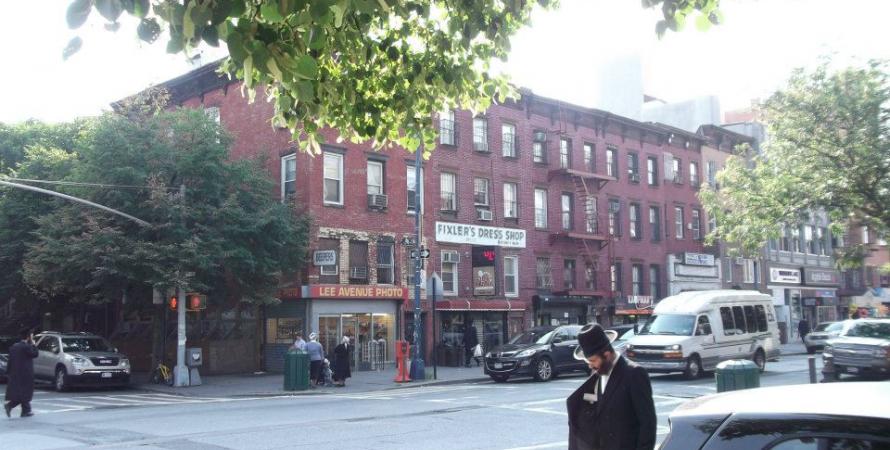-

Why climate change is now front and center
The most critical opportunity for urbanists is to step up to the magnitude of the climate challenge.25 years ago, many of us we were in this same room, having already spent four years talking and planning for the first congress. We assembled a coalition of interested but uncertain allies and curious onlookers, all drawn to the potential opportunity to confront and combat suburban sprawl. At that...Read more -

The infinite suburb? They must be joking
In their visions of the future, the elite graduate schools of urban planning lately see a new-and-improved suburbia, based on self-driving electric cars, “drone deliveries at your doorstep,” and “teardrop-shaped one-way roads” (I think that means cul-de-sacs) as the coming sure thing. It sounds...Read more -

25 great ideas of the New Urbanism
The New Urbanism is a design movement toward complete, compact, connected communities—but it is also a generator of ideas that transform the landscape. Communities are shaped by the movement and flow of ideas, and the New Urbanism has been a particularly rich source of the currents that have...Read more -

What do ‘Market Urbanism’ and New Urbanism have in common?
Although market urbanists like walkable urbanism, they often focus on issues that are not at the core of New Urbanism.My recent book on sprawl was subtitled: “ The Case for Market Urbanism .” What is Market Urbanism, and how is it similar to (and different from) New Urbanism? Of course, market urbanism is not a movement on the scale of New Urbanism. There is a market urbanist blog (marketurbanism.com), and a few...Read more